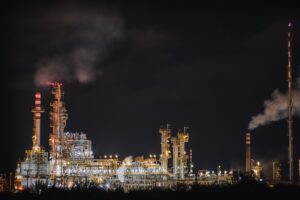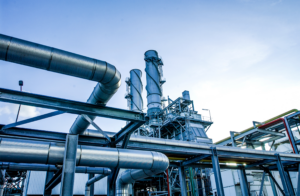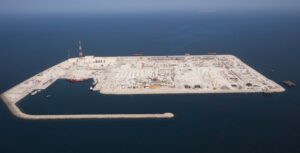Works are on time for Ravenna’s offshore regasifier, which will land 8.5 km from Punta Marina, Italy, at the end of the year, and become operational in the first quarter of 2025. Progress is approximately at 90% for land works, and more than 50% for sea works. The FLNG terminal is currently at the construction site in Dubai for the necessary adjustments to its location on the coast in front of Marina di Ravenna.
Dismantling of the Petra platform has been ongoing since February 2024, followed by the installation of the structures of the new mooring platform in mid-May (an imposing work approximately 440 m long and weighing over 14,000 tonnes). Work on the breakwater (approximately 900 m), which is currently in the tendering phase, will begin in August 2024 and end in October 2026, guaranteeing safe and continuous operation of the facility, even in particularly adverse weather and sea conditions.
The project has boosted the local job economy with over 1,200 people predicted to be working on the project at its peak. 80 of the more than 240 suppliers involved are based in Ravenna Province or in Emilia-Romagna. The contracts awarded to companies in the Ravenna area amount to more than €300 million (about 30% of the entire investment). Each year, Snam will incur costs for €30 million (maritime services, O&M activities, weather services and monitoring), which in turn will feed the local economy.










